Memorial Day marked the unofficial start of the summer season, and many families are heading to the beach. Sadly, it’s also the time when many children drown: An estimated 1,000 children fatally drowned in a single year in the U.S., most of them between May and August. In addition, more than 7,000 children are taken to the Emergency Room each year because of a drowning scare.
Surprisingly, those drownings most often happen in lakes, rivers, ponds, oceans, canals, reservoirs, retention ponds and other open water. A ten-year-old, for example, is three times as likely to drown in open water than in a pool. And older teens are more than eight times more likely to die because of an open water drowning than a pool drowning.
The good news: There are ways for keeping kids safe in open water this summer season and beyond.
What families can do to keep kids safe around open water
- Watch kids when they are in or around water, without being distracted. Keep young children and inexperienced swimmers within arm’s reach of an adult. Make sure older children swim with a partner every time.
- Make sure children learn how to swim. Every child is different, so enroll children in swim lessons when they are ready. Consider their age, development and how often they are around water when deciding if they are ready.
- Choose a Water Watcher. When there are several adults present, choose one to be responsible for watching children in or near the water for a certain period of time, such as 15 minutes. After 15 minutes, select another adult to be the Water Watcher.
- Make sure kids learn these five water survival skills and are able to:
- step or jump into water over their head and return to the surface;
- turn around and orient to safety;
- float or tread water;
- combine breathing with forward movement in the water and
- exit the water.
- Teach children that swimming in open water is different from swimming in a pool. Be aware of situations that are unique to open water, such as limited visibility, depth, uneven surfaces, currents and undertow. These potential hazards can make swimming in open water more challenging than swimming in a pool.
- Wear a U.S. Coast Guard-approved life jacket when boating or participating in other recreational activities on the water. Children should wear a U.S. Coast Guard-approved personal floatation device (PFD) appropriate for their age, weight and the water activity. For kids younger than 5, choose a PFD with head support and a strap between the legs.
- Use designated swimming areas and recreational areas whenever possible. Professionals have assessed the area, and there are usually signs posted regarding hazards and lifeguard schedules.
- Learn basic water rescue skills and CPR. It is important to know how to respond in an emergency without putting yourself at risk of drowning.
This blog post was originally from Safe Kids Worldwide.
 https://riseandshine.childrensnational.org/wp-content/uploads/2025/07/kids-on-beach-feature.jpg
300
400
Rise and Shine
https://riseandshine.childrensnational.org/wp-content/uploads/2017/11/childrens_riseandshine_logo.jpg
Rise and Shine2025-07-15 12:24:292025-07-15 12:30:55Find what suits you: Water safety tip for choosing the right swimsuit color
https://riseandshine.childrensnational.org/wp-content/uploads/2025/07/kids-on-beach-feature.jpg
300
400
Rise and Shine
https://riseandshine.childrensnational.org/wp-content/uploads/2017/11/childrens_riseandshine_logo.jpg
Rise and Shine2025-07-15 12:24:292025-07-15 12:30:55Find what suits you: Water safety tip for choosing the right swimsuit color



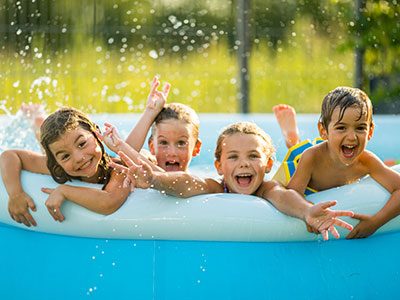
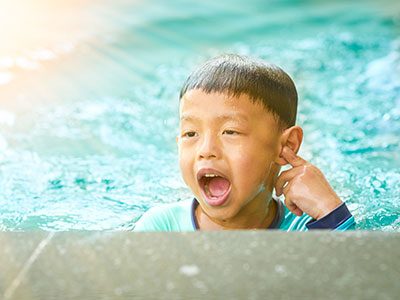


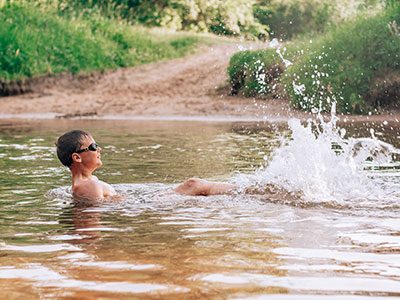
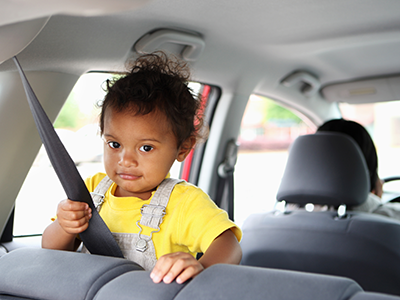
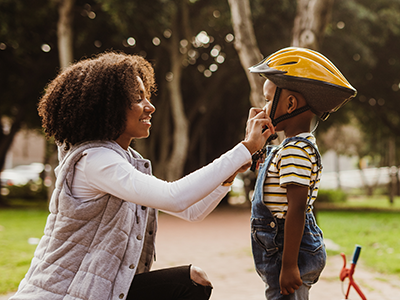

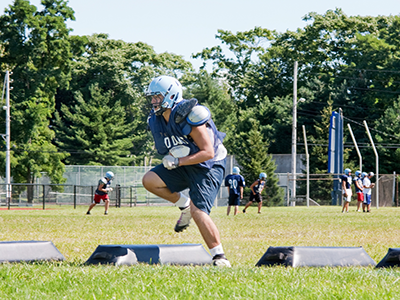
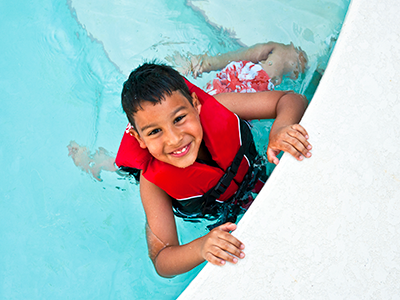



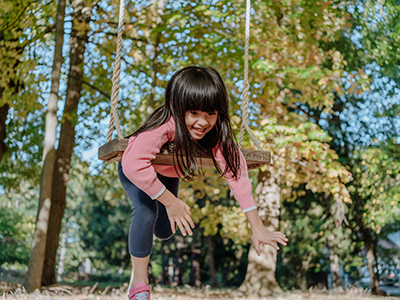
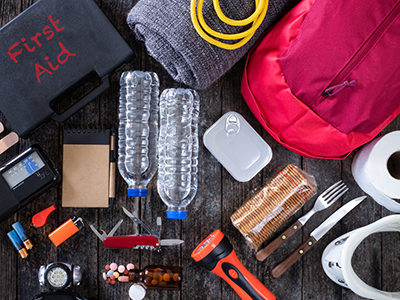
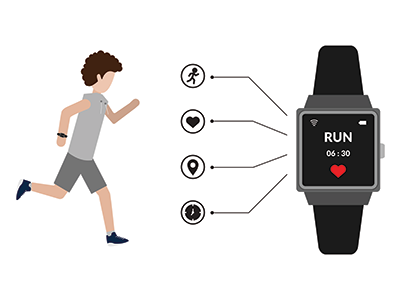
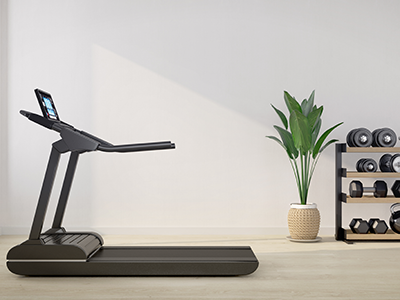
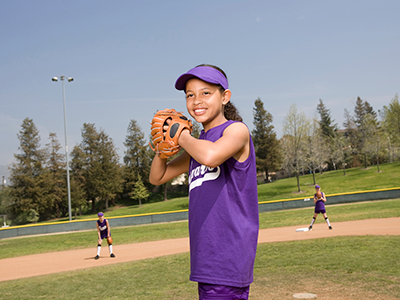
Leave a Comment
Want to join the discussion?Feel free to contribute!